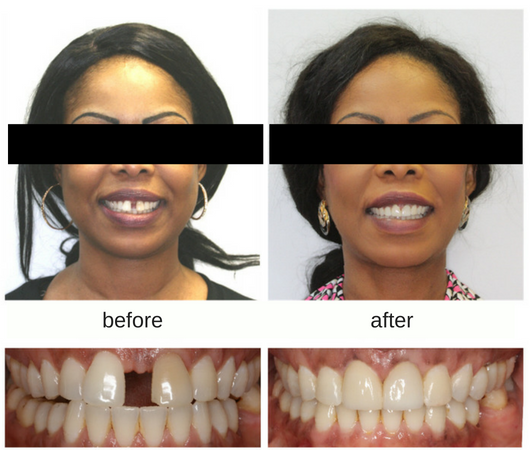

Large frenulum: Your frenulum may be enlarged.Over time, that forward pressure can move the teeth forward and apart. Another habit to avoid is “tongue thrusting” - or pressing the tongue forward when you swallow, rather than against the palate. This can cause a gap in your front teeth as they are pushed forward by the thumb. It can cause all kinds of issues, including distorting your palate (roof of the mouth), pushing your jaw forward, or causing your teeth to move. Thumb-sucking or pacifier use: Thumb-sucking is one of the worst habits when it comes to your teeth.If the incisors to each side, called the lateral incisors, are missing, that can also create a gap as the other teeth move apart to occupy the space. If the incisors are too small, it can create a gap. Sometimes, those teeth don’t develop as full-sized teeth.

Small or missing teeth: Your front two upper teeth, called incisors, are usually your largest front teeth.The technical term for a tooth gap is “diastema.” While it can happen anywhere in the mouth, most people think of the gap between the upper two front teeth when they use the phrase “gap teeth.” Gap teeth can result from several different causes. Many celebrities with gap teeth choose not to change their smiles – and regular people too! So if you love your beautiful gap teeth and there are no other problems present, great! As an orthodontist, we can help you determine whether or not the gap between your front teeth is cause for concern and, if so, what kind of treatment will be most helpful. Can it be fixed? Does it need to be fixed? At Zombek Orthodontics, we’re here to tell you that it is not medically necessary to correct gap teeth with braces in many cases. For parents and patients whose gap teeth do not close naturally, you may be wondering what the cause is of this gap. Did you know that 50-60% of kids under the age of 5 have a gap between their front teeth? In most cases, a gap in teeth will close on its own by the age of 8 or 9.


 0 kommentar(er)
0 kommentar(er)
